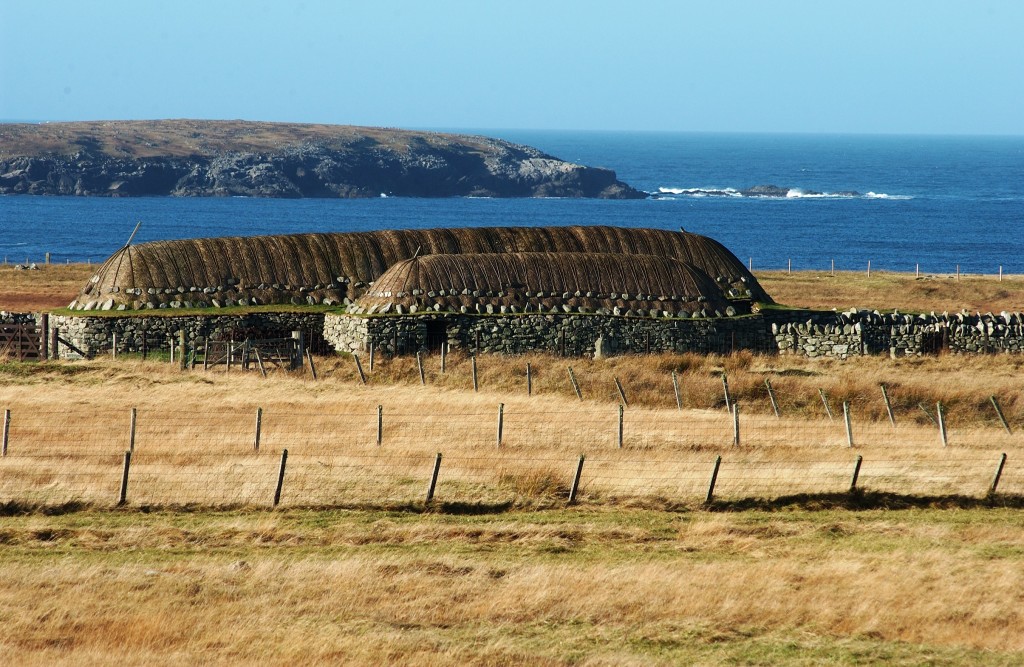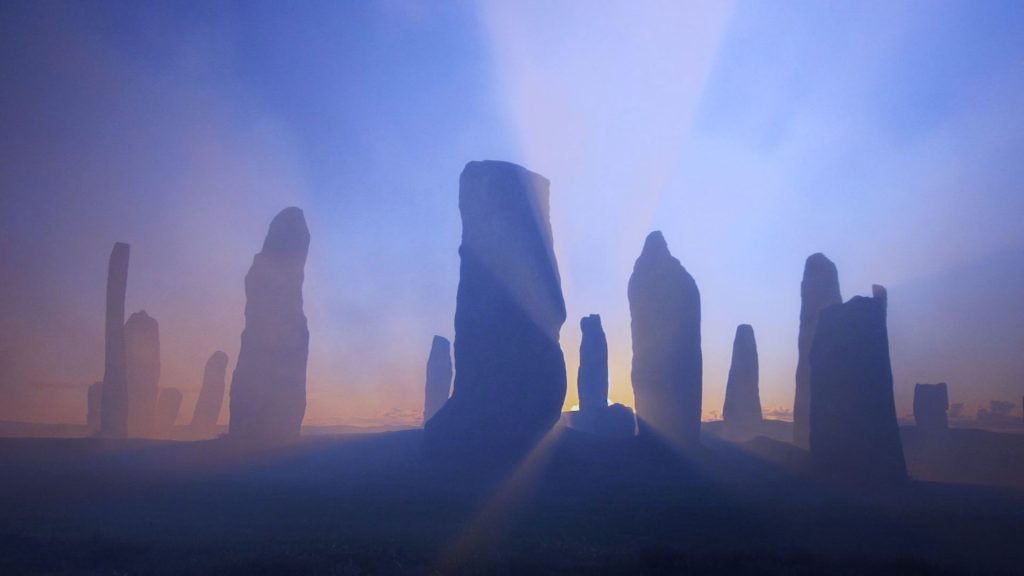Scotland’s 2017 theme of History, Heritage and Archaeology is especially relevant here in Canada as we celebrate our 150th birthday. In 1867, a Scot – Sir John A. MacDonald – was elected as our first Prime Minister having brought our vast country together from the East to the West, establishing the Dominion of Canada through confederation of the provinces.
The heritage of our country is closely linked with Scotland in many ways – as is my own family history. For this reason, the Scottish Highlands are close to my heart.
A Scottish connection
In 2013, my Canadian-born Nana had a birthday. What do you give someone who is turning 100 years old?
We knew little of her Scottish connections, so it seemed fitting to research her maiden name of Skinner. The birth certificates of my Nana’s parents revealed her father was from Lanarkshire. At the age of 23, he emigrated to Canada with his widowed mother and three brothers. Her mother, meanwhile, was born in Perthshire. In 1912, she too left Scotland to marry William at the age of 19.

Grandma Elsie Skinner and her four sons (top rows)
I continued exploring the history of the ‘Skinner’ surname and was surprised to discover that ‘Skinner’ was sometimes used as an alias surname for MacGregor or Gregor. In 1603, the MacGregor name had been proscribed by the British government, banning the surname from use, until the law was rescinded in 1774.
A novel inspiration
The 100th birthday party was over, and I could not shake the feeling that a story was crying out to be told. I was hooked by the history.
In 2014, I began writing my own historical-fiction novel, set in the Highlands of Scotland from 1603 to 1707. After two years of research and writing, it was time to visit Scotland in person for the first time, so in April 2016 my husband and I were privileged to walk the land and explore the historical places of my research and in my story.

Arnol Blackhouse
The ancestral characters in my novel are obviously fictional, but what fun I had envisioning sailing across the Sea of the Hebrides where cattle drovers swam their cattle to market, exploring the low, thatched Arnol Blackhouse on the Isle of Lewis and experiencing Lewis hospitality with hot soup around a peat-fire.
Some of my most inspirational moments included visiting the Neolithic Calanais Stones at dusk, looking out across Loch Awe from the garrison at Kilchurn Castle, walking the Rob Roy Trail and hiking through a scots pine forest to the view point above Balquhidder at the gateway to the Highlands.

The Calanais Standing Stones
Protecting the past
History challenges our way of thinking. Looking back can reveal the complexities of historical events, the context and the cultures that have helped to shape us.
In both Scotland and Canada, we need to look after our heritage and protect it for future generations. Celebrating anniversaries, discovering our personal ties to the past and walking in our ancestor’s footsteps are just a few ways do that.
Scotland – our heritage, mine, yours.
This is Linda’s story, but what’s yours? Discover more of the stories that came from the What’s Your Heritage? project and keep the conversation going about the heritage of Scotland.
Linda Zupancic is a Canadian writer living in British Columbia. Her passion for Scotland was sparked by discovering more about her family ties to Perthshire and Lanarkshire.

